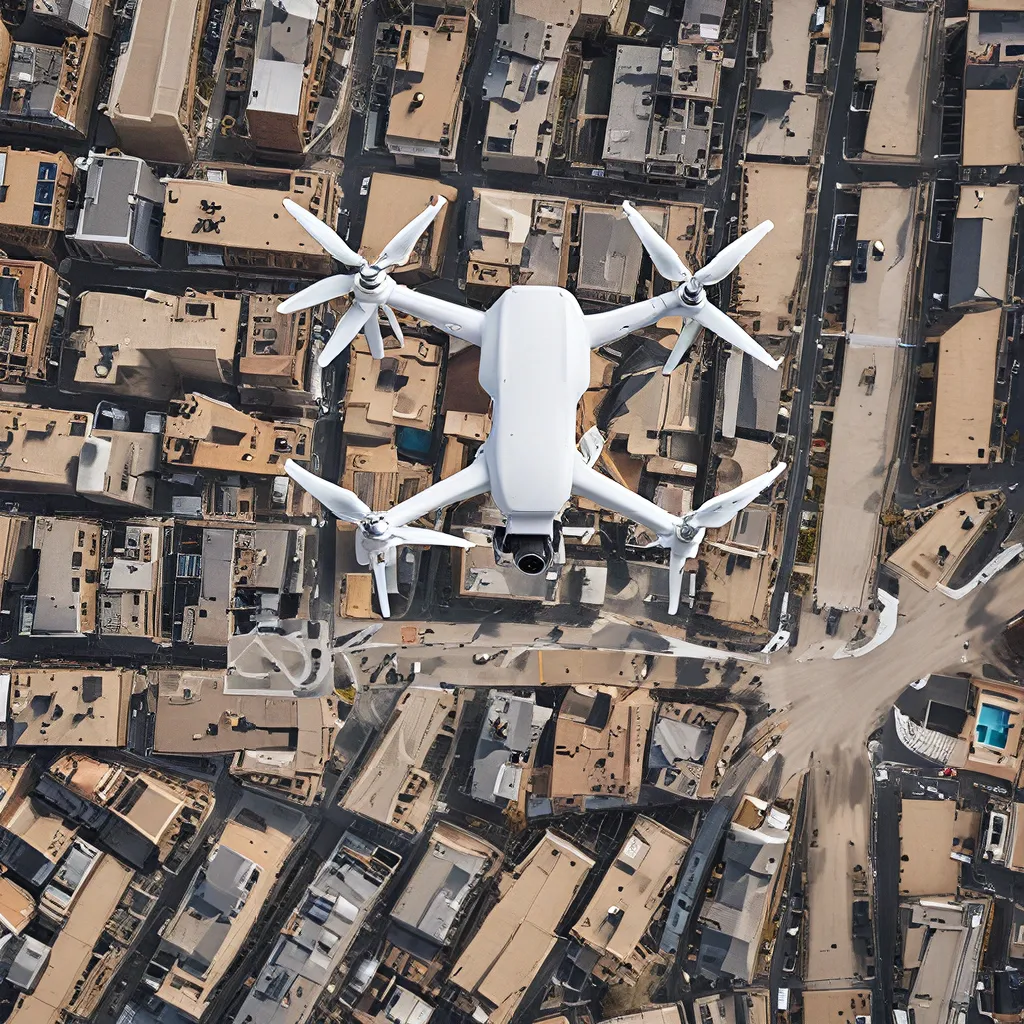
As someone who’s always been fascinated by the incredible potential of drones, I can attest to the thrill and challenge of navigating these high-tech wonders in urban settings. It’s a game-changer, really – these flying machines have opened up a whole new world of possibilities for businesses, from site surveys and equipment monitoring to aerial photography and inspections. But with that excitement comes a healthy dose of responsibility, as we navigate the complexities of operating in crowded, built-up areas.
The Rise of Drones in Urban Environments
It’s no secret that drone use in commercial and industrial applications is on the rise. In fact, according to a recent Goldman Sachs report, the growth of drone use in construction alone is expected to top $11 billion in the next several years. That’s a staggering figure, and it speaks to the immense value these aerial robots are bringing to a wide range of industries.
But as the demand for drones continues to skyrocket, we’re also facing a new challenge: competition for limited airspace. Imagine trying to navigate a crowded city skyline, dodging buildings, cranes, and other obstacles, all while trying to complete a critical mission. It’s enough to make even the most seasoned drone pilot break a sweat.
The Importance of Effective Communication
That’s where effective communication comes into play. As the Sonetics article highlights, the key to avoiding in-flight problems is the communication between the pilot and ground crew. While the remote pilot holds ultimate responsibility for the aircraft and flight operations, the ground crew plays a vital role in monitoring the drone’s sensors, maintaining visual line of sight, and adjusting the position of the aircraft as needed.
This level of coordination requires precision teamwork and effective communication. With the pilot and ground crew focused on their individual tasks, it’s all too easy for a close call to occur due to missed or misunderstood messages. And in the high-stakes world of urban drone operations, where expensive assets are at risk and project delays are unacceptable, those close calls can quickly escalate into costly and potentially disastrous consequences.
The Power of Wireless Communication Headsets
So, how do we overcome these challenges and ensure that our drone operations run like a well-oiled machine? The answer lies in wireless communication headsets. As the Sonetics article explains, these cutting-edge tools provide a portable, hands-free solution that facilitates instant, two-way communication between the pilot and ground crew.
Think about it – in the chaos of an urban environment, where you’re dealing with crowded work zones, equipment, structures, and utilities, the ability to talk and listen instantly, without delays or interruptions, can be the difference between a successful mission and a costly mishap. With wireless headsets, the pilot and crew can maintain their focus on the aircraft and the task at hand, while enjoying the freedom of hands-free operation.
But the benefits of wireless headsets don’t stop there. They also provide a mobile educational environment for drone pilots and crews, allowing for real-time Q&A sessions and continuous feedback and improvement. This is crucial, as getting the quickest return on your drone investment means prioritizing training, safety, and operational efficiency.
Navigating the Regulatory Landscape
Of course, as with any rapidly evolving technology, there are regulatory considerations to keep in mind when operating drones in urban environments. The government website highlights the importance of pilot certification programs, operational waivers, and continuous training as essential components of a successful drone program.
It’s a delicate balance, really – we want to harness the incredible power of drones to drive innovation and efficiency, but we also have a responsibility to ensure that these operations are conducted in a safe and responsible manner. That’s where wireless communication headsets can play a crucial role, not only in improving the coordination and response times of the pilot and ground crew, but also in fostering a culture of compliance and safety.
The Future of Urban Drone Operations
As we look to the future, it’s clear that drones will continue to play an increasingly important role in urban environments. From innovative applications like Rwanda’s use of drones for medical deliveries to the myriad of commercial and industrial use cases, the sky’s the limit.
But with great power comes great responsibility, and it’s up to us, as drone enthusiasts and professionals, to ensure that we’re maximizing the benefits of these amazing machines while minimizing the risks. By embracing wireless communication headsets and prioritizing training, safety, and operational efficiency, we can pave the way for a future where drones are seamlessly integrated into the urban landscape, serving as powerful tools that drive progress and innovation.
So, what are you waiting for? It’s time to take your urban drone operations to new heights. Explore our services and see how we can help you navigate the exciting world of drones with confidence and success.











